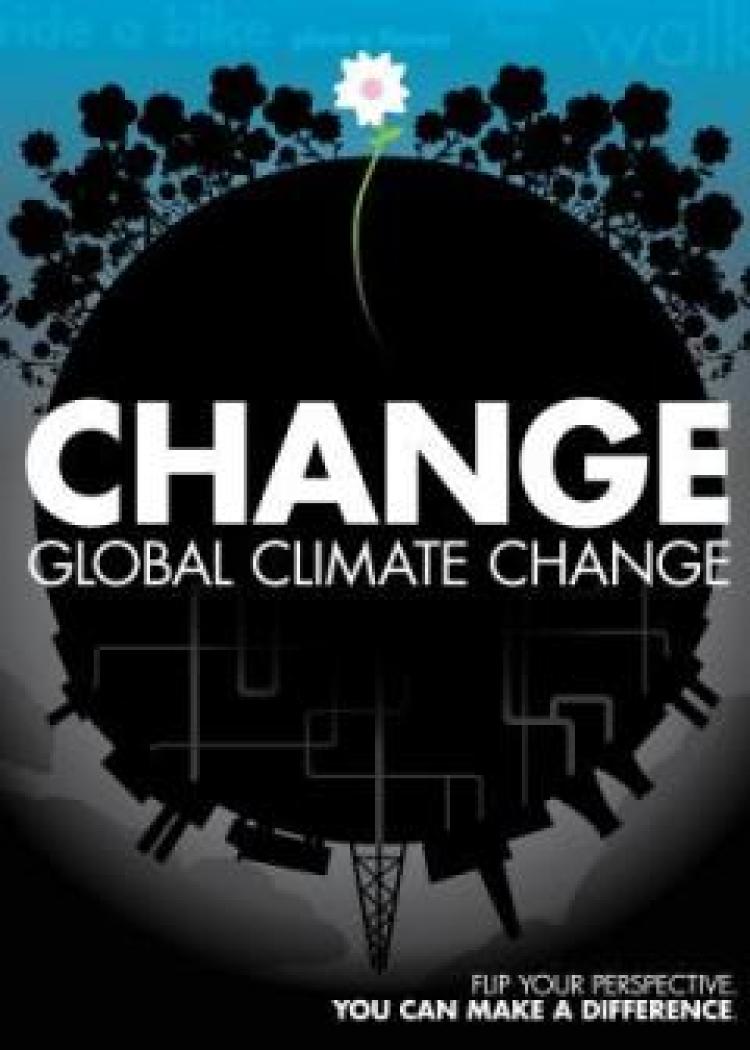Eco tip: How to winterize your home
As winter approaches, CU Buffs are turning down the thermostats in an effort to curb their carbon footprint. This is an easy way to decrease energy consumption, but there are a lot of other approaches that both renters and homeowners can take to save energy and money in the colder months.
The best place to start is to lower your thermostat settings, even if just a little. According to the U.S. Energy Information Administration, home heating accounts for about 40 percent of our entire energy consumption. Lowering your thermostat by one degree saves between $44 and $73 on your yearly power bill.
Set your thermostat a few degrees cooler at night and when you are away during the day—programmable thermostats make this easy. If you already have one, check the settings to keep your space comfortable all season long.

- Locate and seal drafts. On a windy day, use an incense stick, small candle or a string and slowly "trace" around all windowsills, door jams, vents, etc., looking for the flame to flicker or the smoke or string to be blown away. Sealing windows and doors with caulk or weatherstripping to keep the cold air from seeping in.
- Minimize the use of exhaust fans. Running a bathroom or kitchen exhaust fan for one hour can deplete your home of its warm air.
- Reverse your ceiling fans. Most ceiling fans have a reverse setting for winter. Fan blades rotate clockwise and draw down risen heat.
- Close blinds and curtains at night. Closing window treatments at night, usually the coldest time of day, helps trap the heat inside and raise the internal temperature of your home.
- Keep objects from blocking heaters and radiators and air ducts. Clearing the airways in your home allows you to heat the space more efficiently.
- Winterize yourself! Use extra blankets, dress in layers and eat warming foods to help you manage the colder temperatures.
For more information, please take advantage of the following resources.
- Off-campus students can utilize SCORE, a free service for students by students to help you seal drafty leaks, change out inefficient lightbulbs and give you water-smart showerheads and upgrades, along with a FREE pizza! There are just a few weeks left to sign up for fall semester.
- If you live on campus, see here for general tips on heating your residence hall room effectively, as well as some specific tips for using each type of heating system we have on campus.
- Learn more about campus energy and initiatives and what you can do to help combat climate change.
- Report waste and share campus suggestions to conserve energy and reduce waste by emailing energyconservationhotline@fm.colorado.edu.
Both CU and the city of Boulder have taken steps to achieve greater sustainability for the community.
CU Boulder is now home to 18 LEED (Leadership in Energy and Enviromental Design) buildings, which operate 25 to 45 percent more efficiently than traditional buildings. On campus, two energy plants use natural gas for cogeneration to efficiently produce electricity and steam (for heating) and chilled water (for cooling) with a lower carbon footprint.
Boulder’s electricity mainly comes from the Valmont Station, but the coal-fired unit will be shut down by the end of 2017. The city is aiming for 100 percent clean electricity by 2030.


